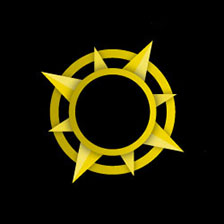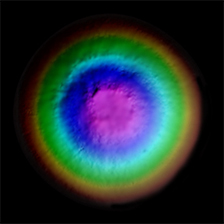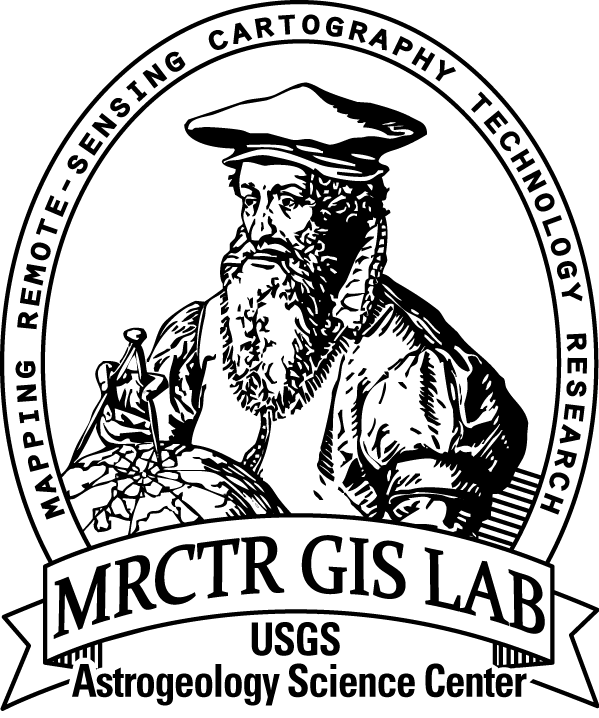Sols 864-866: Hello Again, Pink Cliffs!
9 January 2015The drive toward “Pink Cliffs” went according to plan, so in the Sol 864 plan we will be doing a very short drive (called a “bump”) toward our drilling target: “Mojave” (shown above). Before the drive, ChemCam will analyze 5 locations in a line across a possible mineral vein in the rock, at a target called “Harrisburg”. This type of observation, called a “raster”, was quite common before ChemCam’s focus problems, but this will be the first time doing a 5-point raster since the focusing laser stopped working. ChemCam is still collecting images and spectra at multiple focus positions per point, to make sure we get good data.
After Harrisburg, ChemCam will also study a broken rock target called “Beers”, where it will take spectra and several stacks of images at different focus positions. This will provide good data for testing the focus, plus interesting science data from the freshly exposed portion of the broken rock. Mastcam will provide supporting images for both ChemCam observations, plus an image of a location where the rover ran over a small sand ripple, at a target called “Doughnut”. (I promise, Homer Simpson did not name our targets today!) Navcam will also do a dust devil search.
After that, the rover will drive about 10 meters to get into position for drilling, and we will take Mastcam and Navcam images of the surroundings. On Sol 865, our main activity is a measurement of methane in the atmosphere by SAM (Sample Analysis at Mars – the onboard chemistry lab).
And then on Sol 866, we have some routine atmospheric observations by ChemCam, Mastcam, and Navcam.
--Ryan is a planetary scientist at the USGS Astrogeology Science Center and a member of the ChemCam team on MSL.
Dates of planned rover activities described in these reports are subject to change due to a variety of factors related to the Martian environment, communication relays and rover status.










